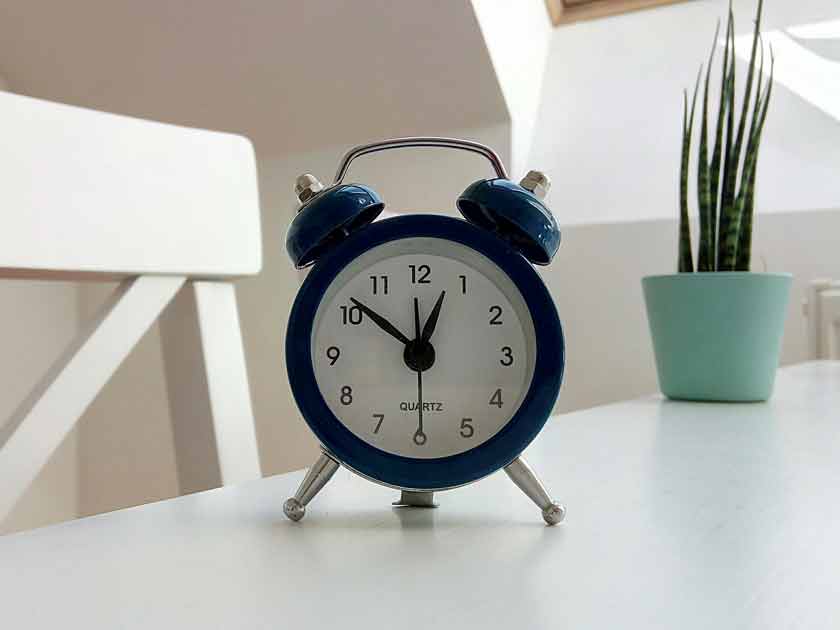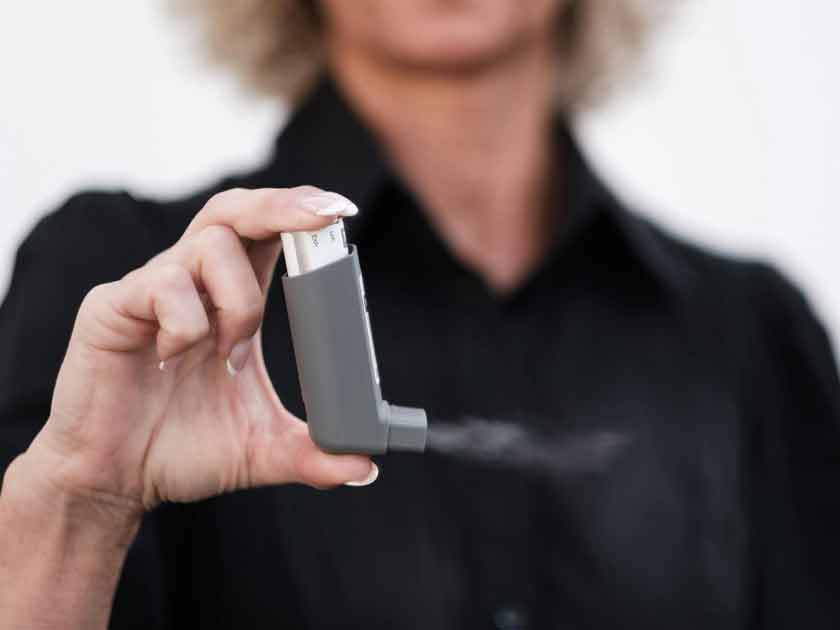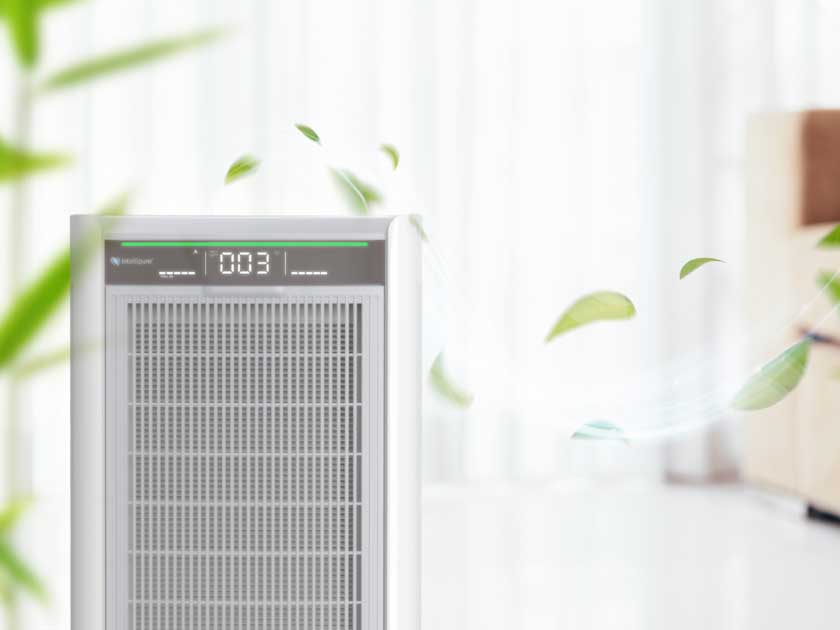
Summary
- HEPA filters remove particles but cannot remove odors—activated carbon or zeolite filters are needed for smells.
- Air purifiers can remove odors from smoke, cooking, garbage, pets, sweat, and chemicals.
- Many odors come from VOCs, which require specialized filtration.
- Correct CADR (Clean Air Delivery Rate) ensures coverage for the whole space.
- Keep spare filters for consistent odor control.
Now that you own an air purifier, you may be wondering how often you need it to run. For the absolute best air quality, letting an air purifier run continuously is the answer. But there are also other considerations that can help you decide the best air purifier operation routine for your situation.
Location Matters: Where to Place Your Air Purifier
Where you put your air purifier matters as much as matching the room size and air purifier capacity. The best air purifier in the world will struggle if it is shoved against a couch, blocking the intake grilles. The best place to put an air purifier is in the center of the room away from any airflow obstacles. The air purifier should be located near the highest concentration of pollutants and unpleasant odours.
Ideally it should be between 3-5 feet off the ground where the main breathable airflow is located. In the worst case scenarios, where there is smoke and/or mould spores, the air purifier should be placed closest to the source (as long as no fire is present).
While most air purifiers still work in a high-humidity environment like a basement or bathroom, there is the possibility of the constant wet atmosphere interfering with operation. In general, electronic devices don’t like water, and some filtration technologies rely on high-voltage components. If the filter media becomes soaked with moisture the filter capacity may become reduced.

Factors Influencing Runtime
There are a few specific needs and concerns that can affect air purifier run time.
-
Seasons: Certain times of year need more air cleaning power than others. Pollen season in the spring and cold/flu season in the winter can be alleviated by running an air purifier more often.
-
Outside pollution: Outdoor air quality affects indoor air quality (IAQ) eventually. Every time a door or window is opened, polluted outside air makes its way inside. When outside air pollution is at a high level, the air purifier should be running to help make sure they don’t become indoor pollutants.
-
Air purifier capacity: Every air purifier model should have a stated clean air delivery rate (CADR,) which tells you how much air it can clean per minute. Ideally, the CADR should be high enough to allow for cleaning all the air in the room four times per hour. To calculate the room size, multiply the length times the width times the height to find the total air volume.
-
Air purifier guidelines: Although rare, some manufacturer recommendations may suggest a schedule to run the unit that is not constant. Refer to the owner’s manual for information about continuous runtimes.
-
Energy consumption: Air purifiers need electricity to run. For those who are conscious about their energy usage there may be a preferred time to run an air purifier. For example, some electric utility companies offer lower rates at night.
-
Filter life: It makes sense that the more you run an air purifier, the sooner the filter will clog up. Depending on the filter type, the lifespan can be a few months to a full year. For example, HEPA filters in constant use may need to be changed every six months, but could last a full year if only running part time.
Air Purifier Settings and Their Impact
Most air purifiers have more than one fan speed as well as other smart settings. Start by reading the owner’s manual to familiarize yourself with all the operating options and filtration technologies for your particular unit. The only real effect that fan speed has on HEPA filters or activated carbon filters is that the more air flows through the unit, the more frequent the filter replacement interval (since more air is being cleaned).
Beyond the speed and force of the air through the filters, there are a couple other things to consider.
- Noise: A lower fan speed settings tend to have lesser noise levels and reduced power consumption. Using the “sleep mode” feature usually means a lower fan speed and dimmed lighting (if equipped). For example, the Intellipure Compact only registers 34 dB on its lowest fan speed.
- Effectiveness: When using a more energy-efficient mode or auto modes, remember that the clean air delivery rate will likely be affected since CADR is typically calculated as the highest fan speed.
Air is still being cleaned at lower fan speeds, but it will not be at the full CADR rating, so set your indoor air quality performance expectations accordingly. Adding a few air quality sensors around the house can help you tune your air purifier’s settings to find the right balance between indoor air quality and energy usage.

Nighttime Air Purifier Use and Sleep Considerations
Using an air purifier in your bedroom at night can help improve sleep quality by removing allergens, particulates, and other pollutants that can cause respiratory irritation. Everyone knows the health benefits of a good night's sleep, but you might not know what tools are at your disposal to reach that goal. For example, those with respiratory conditions like sleep apnea often use a continuous positive airway pressure (CPAP) machine. But an air purifier should also be on the list of potential sleep aids.
Being comfortable is key to a good night's sleep. It’s hard to sleep in soft sheets when your airways are scratchy. That’s why it is best to sleep with an air purifier placed near where you lay your head (like on a nightstand). For best results, the air purifier should run all night, but a wall outlet timer is a simple way to control run time.
Nighttime noise considerations should also be kept in mind when choosing an air purifier. Sometimes the white noise effect of an air purifier can help cover up other annoying noises. On the other hand, you also don’t want the sound of a jet engine in your bedroom. Noise reduction can be achieved by simply adjusting the fan speed on most air purifiers. The Intellipure Compact is ready for nighttime operation with automatically dimmed LED lights (sleep mode) and low fan speed setting for quiet running.
Continuous vs. Intermittent Air Purifier Use
Are you trying to decide between air purifier continuous operation or intermittent use? For maximum health benefits, it’s best to run your air purifier continuously. Symptoms of certain respiratory conditions such as asthma and chronic obstructive pulmonary disease (COPD) can greatly benefit from constant air purifier usage. But there are other factors to consider.
If the air quality in your area is relatively healthy most of the time with a low pollutant concentration, you may only need to use an air purifier during times when seasonal allergens fill the air.
Since almost all air purifiers on the market run on electricity, there is some benefit to running the unit on a schedule or automatic setting. But there may also be similar energy savings by simply choosing a lower fan speed. Remember that CADR rating is based on the highest fan setting, so less air will be cleaned. Filter wear can be reduced by running the air purifier less, but at the expense of dirtier air. Pre-filter cleaning still needs to be done on a regular basis as well.
Monitoring and Adjusting Air Purifier Usage
Every home, space, and situation is different, which is why it can be worth your time to look deeper into your indoor air quality. Invest in an air quality monitor or a few portable air quality sensors to get immediate readings of your indoor air contaminant concentration. You can also use a portable air quality monitor to detect pollutants and their sources. Note any areas with particularly high particle counts so they can be addressed later.
Once you know your base level indoor air quality, you can start to improve it. Start by running the air purifier continuously at the lowest fan speed. Leverage your air quality monitor for real-time feedback, and adjust runtime as needed. If air quality isn’t improving, increase the air purifier fan speed. If the air purifier is already running at the highest fan speed, you may need a second air purifier or one with a higher CADR.
If all this seems too complicated, just run the air purifier continuously for the best possible indoor air. Make sure to check the filter condition regularly and perform filter replacement maintenance according to the owner’s manual. Your air purifier may have an automatic setting for filter replacement notification, so don’t ignore it.
Conclusion
For the best possible indoor air quality, run your air purifier 24 hours a day, 7 days a week. But that recommendation is not set in stone. For individual situations, there are many different options for better air quality. The fact that you have already chosen to include an air purifier in your healthy home plan shows your commitment to better respiratory health!

 Air Purifier Asthma Benefits and Tips
Air Purifier Asthma Benefits and Tips
 Do Air Purifiers Help with Smell Removal?
Do Air Purifiers Help with Smell Removal?





